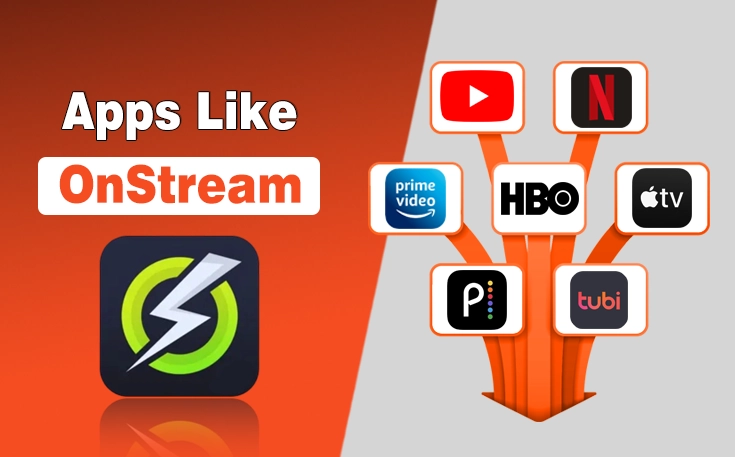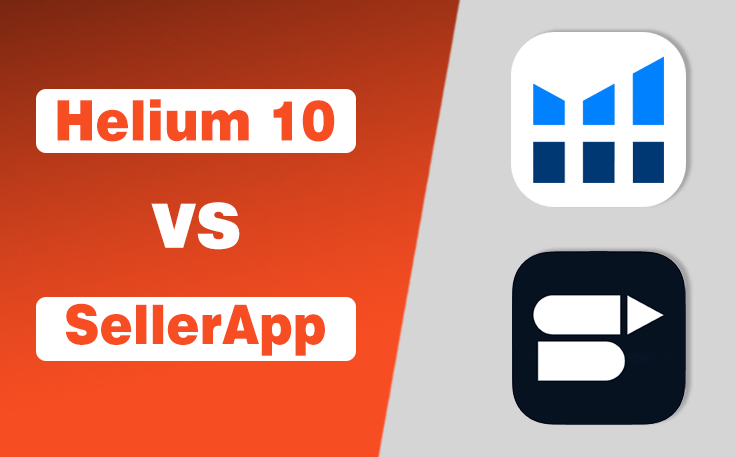AR, which stands for Augmented Reality, is no longer a gimmick. It holds great importance in the entire industry. Whether it is used in gaming, filmmaking, or marketing, it is now being utilised in a vast range of applications.
AR is revolutionizing the industry by creating engaging and immersive content. However, many are still unaware of its significance in marketing and don’t even know what it is.
I am creating this blog to answer all of those confusions and to explain the importance of AR in the marketing domain, so you will be able to strategize your next plans according to it.
What is Augmented Reality (AR)?
Augmented reality (AR) is achieved through technology and is the modified version of the real world. With the help of multiple tools, it is possible to merge the digital space with the real world using different consoles, apps, tech devices, and programmes.
Many of you confuse it with the VR and MR, which have similar qualities, but its having a lot of differences that they do not understand.
VR and MR have different scenarios with the virtual world, but AR involves the virtual reality with the physical world; actually, it’s the overlaying of the audio and visual aspects of the virtual world over the real world.
If you need examples, you have likely already interacted with AR without realising it. For instance, Pokémon Go is an AR game, Gucci billboards also utilize AR, and Samsung offers the AR Zone app on its latest smartphones.
Why Augmented Reality Matters in Marketing in 2025?
Marketing is one of those domains all over the world that is integrating itself with new technologies, and marketing tools are also delivering immense benefits. This integration is transforming the industry very readily. That’s why you have to stay up-to-date, because you can’t compete by using the old conventional methods.
Consumers require more engaging and interactive content nowadays, and AR is a key that is fulfilling this requirement in a new and entertaining way for them.
According to Statista, there were approximately 1.5 billion AR consumers in 2021, and this number is expected to increase to 4.3 billion by 2025. Therefore, as marketers, you should get involved in AR marketing if you wanna be in the race.
Applications of Augmented Reality in Marketing
AR has a vast scope in the marketing era, and I am going to break down the top ideas you can use for that.
1. E-Commerce and Retail
AR is having an impressive approach to the Retail and E-Commerce businesses.
Now, customers can try on makeup virtually, just like Sephora AR lets you test their products virtually. Furniture brands like Wayfair use an AR app for virtual placements.
This method reduces returns and even increases engagement in stores by enhancing the in-store experience. Customers scan the products for their price and reviews, and then check out as a result, which bridges the online and offline worlds.
2. Advertisements
Another interesting part is that AR helps you create immersive ads, such as those used by Pepsi, which utilize AR in its branding strategies, including interactive billboards. When customers scan the ads, they experience visual effects such as animations or gaming elements, which enhance interaction and connectivity.
Furthermore, these ads are shareable on social media platforms, so by expanding the reach, these campaigns can even go viral.
3. Event Marketing
Demos of the virtual products grab the attention of the attendees. For instance, if car companies showcase their models through AR, then consumers can experience them without seeing their physical appearance. These types of events create memorable moments with the brand.
4. Packaging of the Products
Surprisingly, AR has enhanced the packaging of the product and made it very attractive to the audience because now they can visualize their product in front of them before buying. Ultimately, it makes it interactive and interesting for the consumers and assists them in shopping.
This creates a very long-lasting impression on the customers that leads to their repeated orders and an increase in reach and engagement.
5. Integrations with Social Media
Social Media platforms like Instagram and Snapchat embrace it by introducing AR filters in their snapshots. Brands like Gucci also provide AR effects, which customers can use to visualize the impact of glasses on their face, etc. As a result, brands gain more attention and attract more customers from it.
Benefits of Augmented Reality in Marketing
AR provides a vast variety of advantages to marketing, and here are the top key benefits mentioned below:-
- Enhanced Visualization: Customers can see their product in real-time, which reduces purchase hesitation.
- Differentiation of Brands: Campaigns with AR integration stand out and capture more attention than those without it.
- Experience Personalization: AR customizes the content’s relevance and connection according to the user’s preferences.
- Conversion Rate Increase: It drives sales, and a notable example is L’Oréal’s AR ads strategy, which significantly boosted their sales when they started virtual makeup try-ons.
Famous Brands Which Use Augmented Reality in Marketing
Many of the world’s renowned brands use the potential of augmented reality in marketing, and I have mentioned the top giants that use AR below:
- Nike: Their AR filters let users “try” sneakers, which rose their sales among young demographics.
- Pepsi: Their AR billboard campaign went viral, which boosted their sales.
- IKEA: Let users visualise furniture in their homes, which significantly decreases the return rate.
- L’Oreal: Their AR app allows users to virtually try on makeup, increasing their confidence and significantly boosting sales.
Final Thoughts
Augmented Reality is one of those emerging fields in the world which have completely changed marketing in a different way.
AR is one of the best strategies to have a repeat audience and to attract more customers in e-commerce as well, because this experience is full of fun for the customers.
One of the best things is that it will increase the reliability of your business because whenever a customer wants to buy something, he or she will prioritize you at the top because of this AR experience.
People Also Ask
What is AR vs VR?
VR completely immerses the audience into the digital world, whereas AR overlays the digital workspace onto the physical world.
What is an augmented reality game?
AR games are those in which visuals and audio are merged with the real world in a way to enhance the gameplay.
Is AR expensive for small businesses?
While AR technology can be expensive for some, budget-friendly options are also available for small businesses.
Need custom app with amazing features?
Get a Quote




